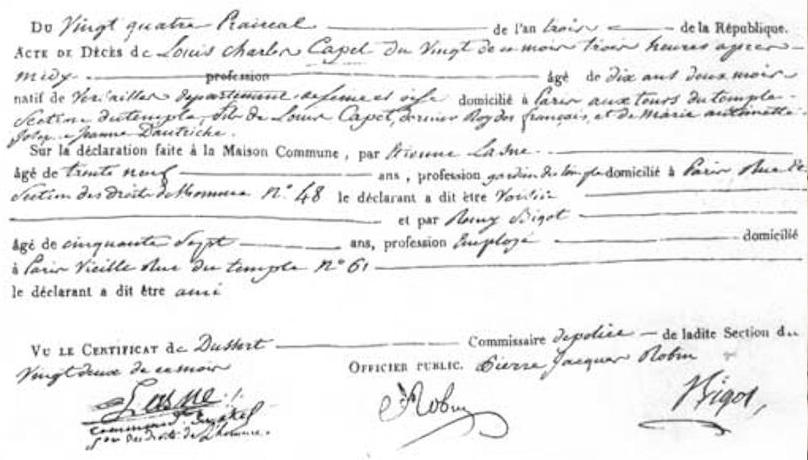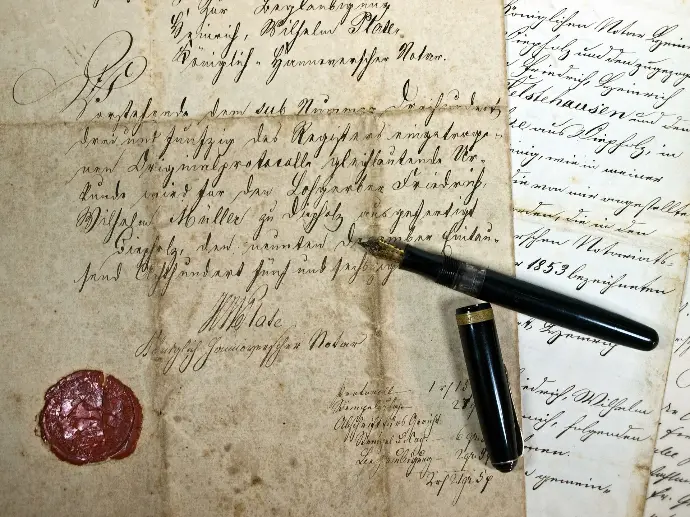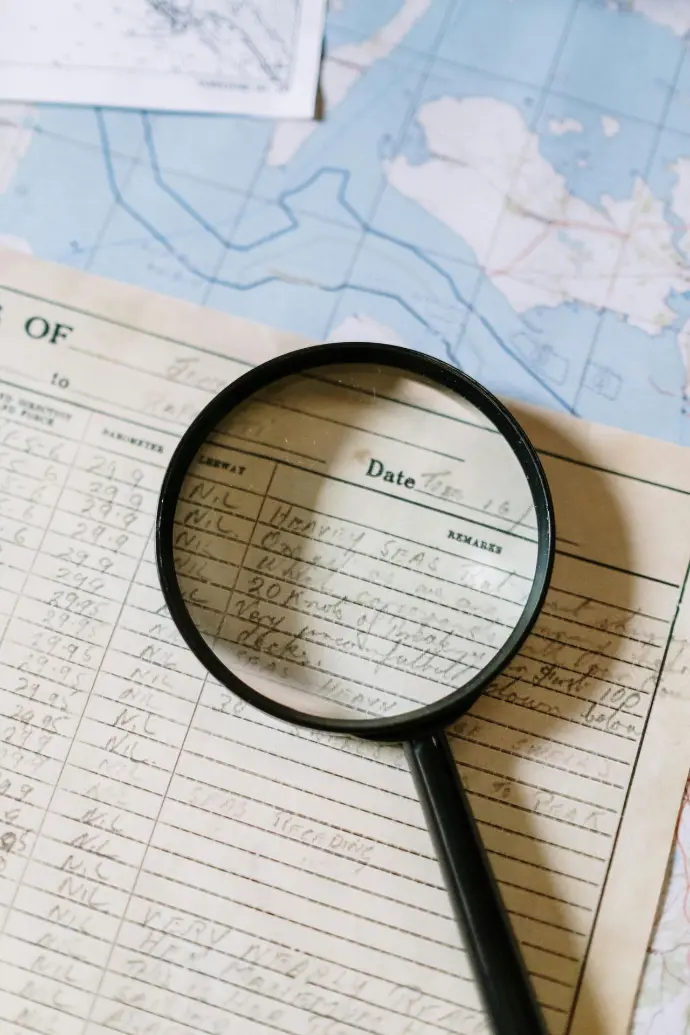The appearance of surnames: an administrative necessity
Before the Middle Ages, most people had only one first name. However, as the population grew, it quickly became complicated to differentiate between individuals. Imagine a village where everyone had the name John or Peter... To avoid this confusion, people began to add an extra name that described a particular characteristic of each person.
In Europe, the obligation to have a surname became widespread between the 12th and 15th centuries, under the influence of the authorities and the Church. In France, it was with the Ordinance of Villers-Cotterêts in 1539 that the recording of names in parish registers was imposed.
The main categories of surname
Surnames in Europe generally fall into four main categories:
- Surnames derived from first names: They are common in many cultures. In Spain, for example, the name Fernández means ‘son of Fernando’, while in Germany, Müller comes from the miller's trade. In Scandinavia, names such as Andersson or Johansson continue this tradition.
- Toponymic surnames: They reflect an individual's geographical origin. Examples such as Dubois (France, meaning ‘from the wood’), Van den Berg (Netherlands, meaning ‘from the mountain’) or Del Río (Spain, meaning ‘from the river’) clearly demonstrate this.
- The professions: Baker, Fisher, Smith, Tailor... These names recall the activities of our ancestors at a time when trades were often passed down within families.
- Evocative nicknames: Legrand (which means ‘the big one’ in French), Petit (which means ‘the little one’ in French), Black, Weiss (which means ‘white’ in German)... These names alluded to a physical aspect or a particular character trait.
Family names across Europe
Every culture has its own particularities. In Italy, names often end in -i (Bianchi, Ferrari). In Poland, the suffix -ski is common (Kowalski, Lewandowski). In Ireland and Scotland, the prefixes Mac- or O‘- denote ancestry (’son of").
Following the French Revolution, although titles of nobility were abolished, many aristocratic families continued to use their surnames. However, in a climate hostile to the monarchy, some chose to adopt abbreviated versions or to drop particles such as ‘de’ in order to fit in better with republican society. For example, the revolutionaries referred to the royal family as ‘Capet’, in reference to Hugues Capet, to emphasise a more popular ancestry that was less linked to the aristocracy.

Death certificate of Louis Charles Capet (Louis XVII)
Under the French Empire, the imperial decree of 20 July 1808, often referred to as the ‘Bayonne decree’, required Jews residing in France to adopt fixed surnames and first names. The decree stipulated that surnames must not be derived from the Old Testament or correspond to the names of towns, while first names had to be chosen from among those validated by the law of 11 germinal year XI. The aim of this measure was to integrate Jewish communities into the French civil registry and simplify their administrative identification.
When a family name tells a story
Family names represent a veritable historical archive. They reflect the heritage of our ancestors, their professions, their geographical origins, or even significant events in their lives. Some names that were once popular have disappeared, while others have evolved over time.
If you have a rare or unusual name, it may be worth exploring its origins... and perhaps discovering an unsuspected story behind your own surname!
Image credit: Deymos.HR, "100 english family names with 10 most common enlarged", Adobe Stock

